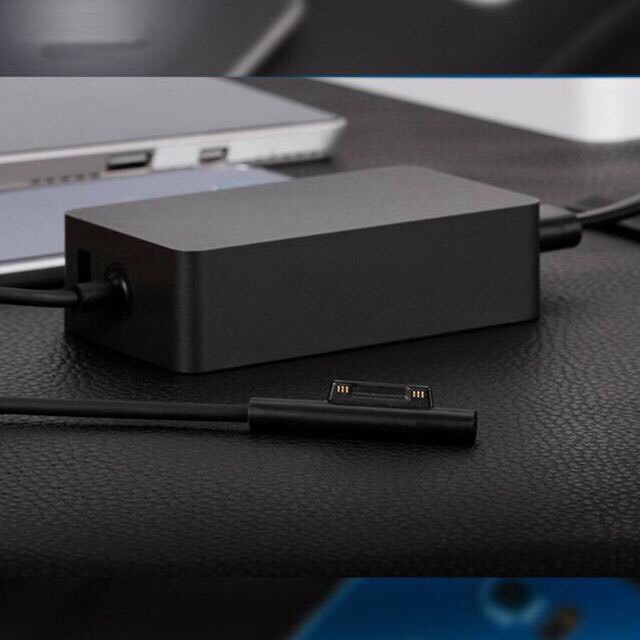

Model – Your Surface device’s model will be displayed here, such as Surface Book 2 or Surface Pro 7. The PC information page includes detailed information about your Surface device: As the Microsoft or Surface logo appears on your screen, continue to hold the Volume-up button until the UEFI screen appears.Press and hold the Volume-up button and - at the same time - press and release the Power button.Shut down your Surface and wait about 10 seconds to make sure it's off.To adjust UEFI settings during system startup: For more information, refer to Intune management of Surface UEFI settings. DFCI is currently available for Surface Pro 7+, Surface Laptop Go, Surface Book 3, Surface Laptop 3, Surface Pro 7, and Surface Pro X. DFCI supports zero-touch provisioning, eliminates BIOS passwords, provides control of security settings including boot options and built-in peripherals, and lays the groundwork for advanced security scenarios in the future. With Device Firmware Configuration Interface (DFCI) profiles built into Microsoft Intune (now available in public preview), Surface UEFI management extends the modern management stack down to the UEFI hardware level.

Surface Book, Surface Book 2, Surface Book 3.Surface Studio (1st Gen), Surface Studio 2.Surface Laptop (1st Gen), Surface Laptop 2, Surface Laptop 3, Surface Laptop Go, Surface Laptop 4.Surface Pro 4, Surface Pro (5th Gen), Surface Pro 6, Surface Pro 7, Surface Pro 7+, Surface Pro X.UEFI management is supported on the following:

Surface UEFI settings provide the ability to enable or disable built-in devices and components, protect UEFI settings from being changed, and adjust the Surface device boot settings. Surface PC devices are designed to utilize a unique Unified Extensible Firmware Interface (UEFI) engineered by Microsoft specifically for these devices.


 0 kommentar(er)
0 kommentar(er)
